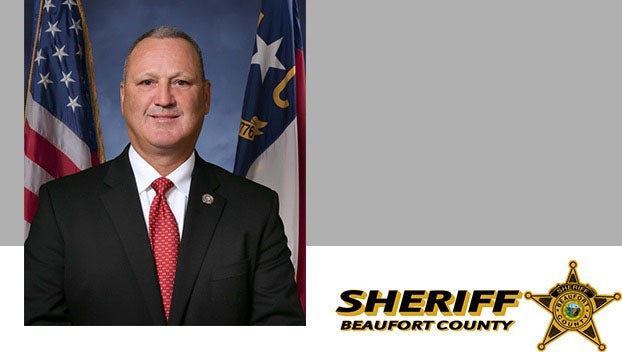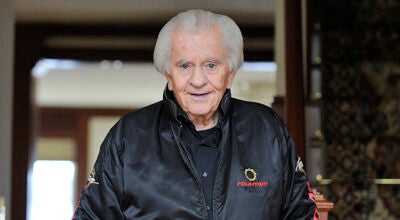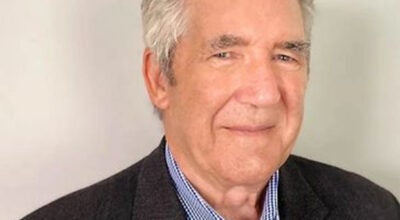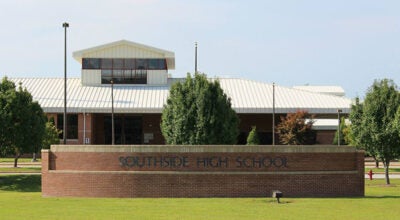Memorable march in 1963: Ringing of church bells to celebrate anniversary
Published 7:21 pm Tuesday, August 27, 2013
Over the centuries, church bells have been rung at weddings, at deaths and to signal the end of a war.
At 3 p.m. today, the bell at Washington’s First United Methodist Church will ring 50 times to observe the 50th anniversary of the March on Washington, according to Charles Smith, a semi-retired Methodist minister and Washington native.
Hope Morgan Ward, bishop of the N.C. Conference of the United Methodist Church, wrote the following in an email:
“We continue to carry in our hearts and common life the dream eloquently expressed by Dr. Martin Luther King, Jr.
“I urge us all to honor (today). At 3 pm in the afternoon, may church bells ring 50 times as we celebrate our common commitment to peace
and justice for all. In gatherings throughout the day, let us speak of the dream. In our prayers, let us repent of any restraints of the dream and pray for the dream to be fulfilled. In our witness, let us embody the dream.
“May the dream live on in us as we, the people of dreams and visions, remember.”
The March on Washington for Jobs and Freedom — also known as The Great March on Washington — was a significant event in the civil-rights movement in the USA. The march occurred 50 years ago to the day. It was among the largest political rallies for human rights in the nation’s history. The Rev. Martin Luther King Jr. delivered his famous “I Have a Dream” speech advocating racial harmony in front of the Lincoln Memorial that same day, Wednesday, Aug. 28, 1963.
Estimates of march participants range from 200,000 to 300,000. Observers estimate that 75 percent to 80 percent of the marchers were black.
1963 was a time of civil-rights movements and racial unrest in the nation. The March on Washington represented an alliance of six civil-rights groups — the Southern Christian Leadership Conference, Congress of Racial Equality, Student Nonviolent Coordinating Committee, Brotherhood of Sleeping Car Porters, National Urban League and the NAACP. The march was demand for passage of significant, meaningful civil-rights legislation, an end to segregation and a public-works program to provide jobs.
Initially, President John F. Kennedy discouraged the march, believing it would result in legislators’ votes against civil-rights laws in reaction to perceived threats. Once he realized the march would not be stopped, he supported it.
Not all blacks supported the march. Malcolm X, a leader of the Nation of Islam, referred to it as the “Farce on Washington.”






